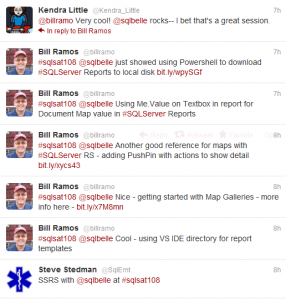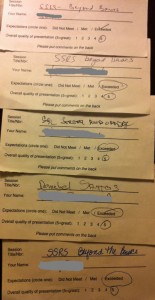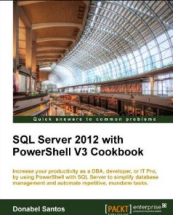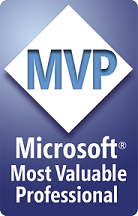This blog post is tested on SQL Server 2014 and PowerShell V5.
PowerShell has become more feature-rich in every version. We are now looking at PowerShell V5 (currently can be downloaded as part of Windows Management Framework v5 April 2015 Preview).
The support landscape with SQL Server hasn’t changed much. There isn’t a drastic increase in SQL Server cmdlets. However, the language and feature improvements in PowerShell in general improve how we can work with SQL Server.
One area where we can use PowerShell is with SQL Server Reporting Services (SSRS). I blogged about this a while back, but it’s time to revisit and expand on how we can use PowerShell to automate report generation.
In this blog post I will focus on generating PDF reports via scripting. Let’s tackle this piece by piece first, and we’ll put everything in a nice little script at the end of the post.
First, we need to add the ReportViewer assembly to the script. For this I am using the WinForms report viewer assembly. There is similar report viewer assembly for web forms.
See full article
 I love SQLSaturdays, it’s always a fun experience for me. Uhm, ok, maybe let me qualify that. It’s always a nervewracking AND fun experience for me – when I’m speaking. I just always want it to be worth people’s time to attend my presentations.
I love SQLSaturdays, it’s always a fun experience for me. Uhm, ok, maybe let me qualify that. It’s always a nervewracking AND fun experience for me – when I’m speaking. I just always want it to be worth people’s time to attend my presentations. 





